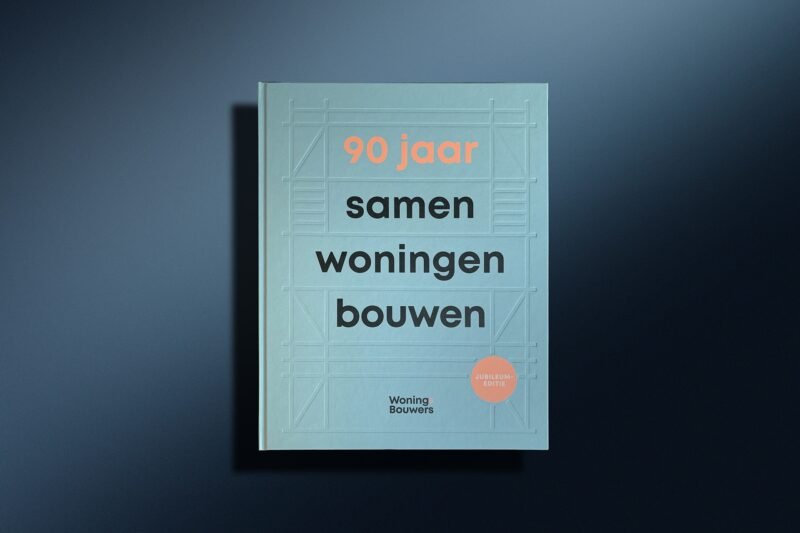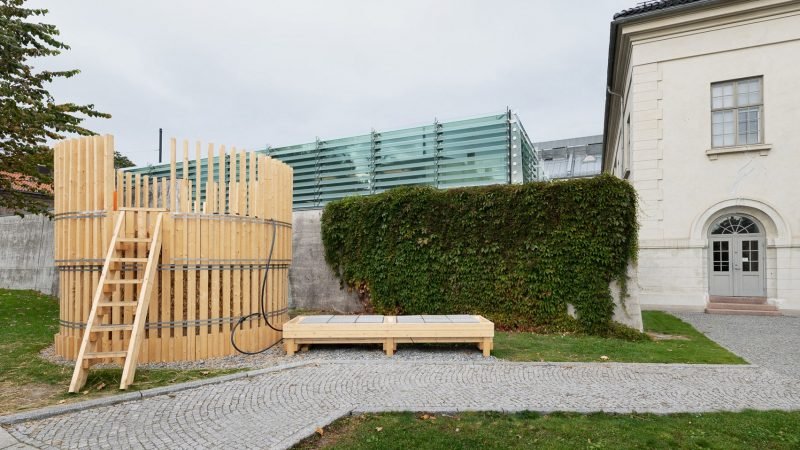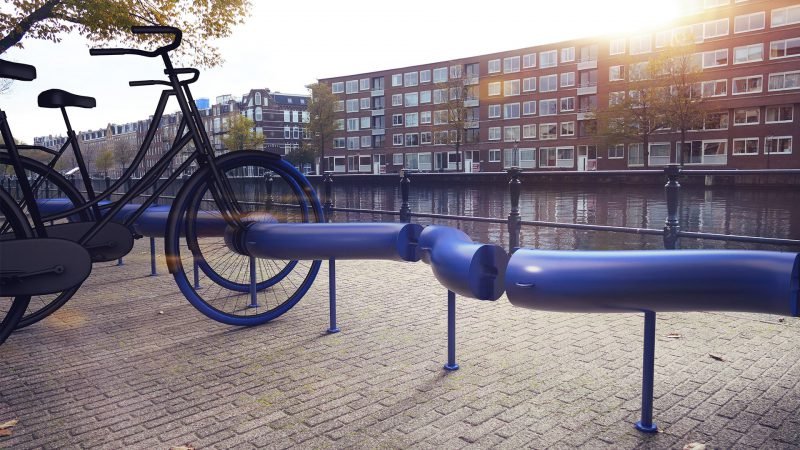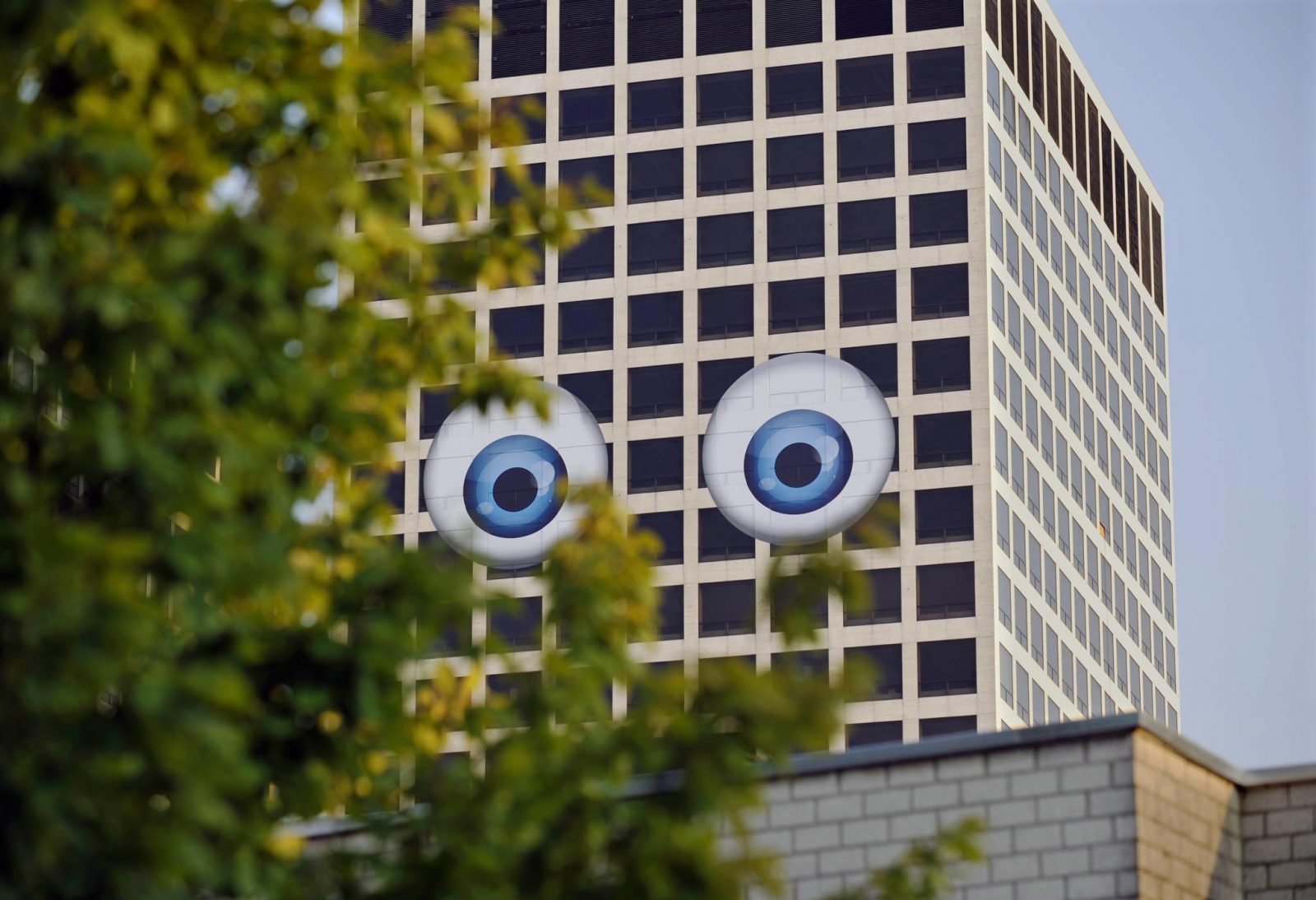In the Future, Energy Will Be (Almost) Free for Everyone
The energy transition is still determined too much by shared interests and not enough by shared interests, says entrepreneur and SDG7 coordinator Ruud Koornstra. Still, doom thinking is not for him. According to Koornstra, we are on the eve of unprecedented changes in our energy system. But then some sacred cows have to be slaughtered.
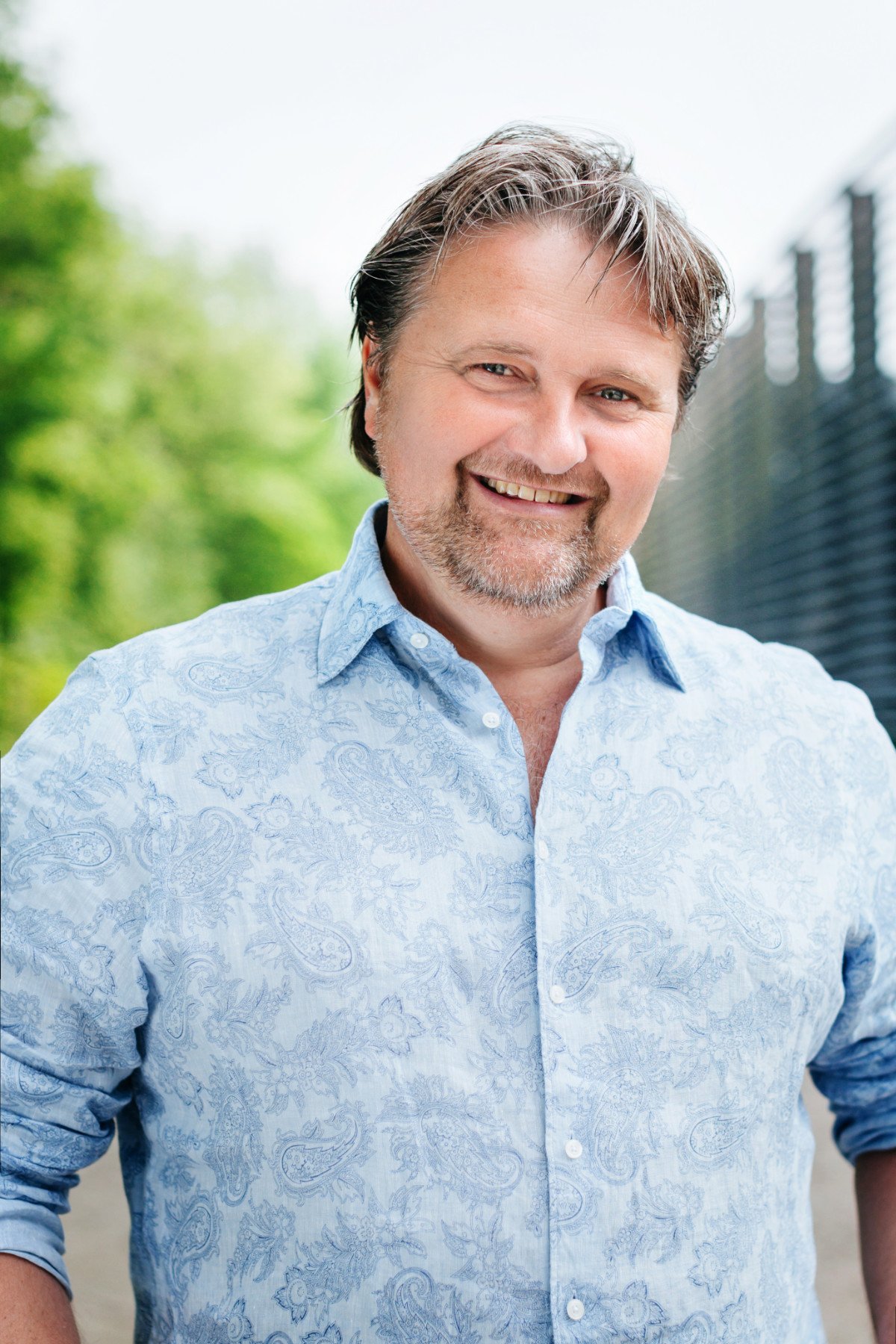
Long Live the DIY People
Koornstra is living proof of the proposition that innovation in a sector often comes from outside. After failing at the pabo, he started a television production company in the late 1980s, which he sold in 2000. He then founded Tendris, a company for all kinds of sustainable innovations. And with success: around 2005, he introduced Dutch households to the LED lamp. Philips got nervous about it, Bill Clinton loved it. Not surprising for someone who racked up failing grades in maths, physics and chemistry at secondary school. Earlier this year, Koornstra was at Kitty Hawk in North Carolina, where, in December 1903, the Wright brothers made the very first flight ever in a motorised aircraft. “At the time, the US government was investing tens of millions of dollars in massive research projects to build an aviation industry. Without success. And suddenly there were two tinkering bicycle mechanics in a shed who managed to build the first aeroplane without subsidies. When World War I broke out over a decade later, there were 300,000 planes flying around.”
Few people know that the LED light bulb was invented in a shed in Nederhorst den Berg and the blueprint for the electric car as we know it today came from a shed in Lochem. Two innovations that play a crucial role in the energy transition, ‘just’ from the Netherlands. Meanwhile, new ones are already on the way, such as solar cell car Lightyear and H2Fuel, a company that has developed a technology to store hydrogen in small pellets. Together with his daughter, Koornstra made a documentary which features numerous of these innovations, “miracles” in Koornstra’s words. “We need miracles to meet the climate goals,” Bill Gates stated after signing the Paris climate agreement. The Netherlands is where those miracles come from, thanks in part to this huge melting pot of crazy people all sitting here together.”
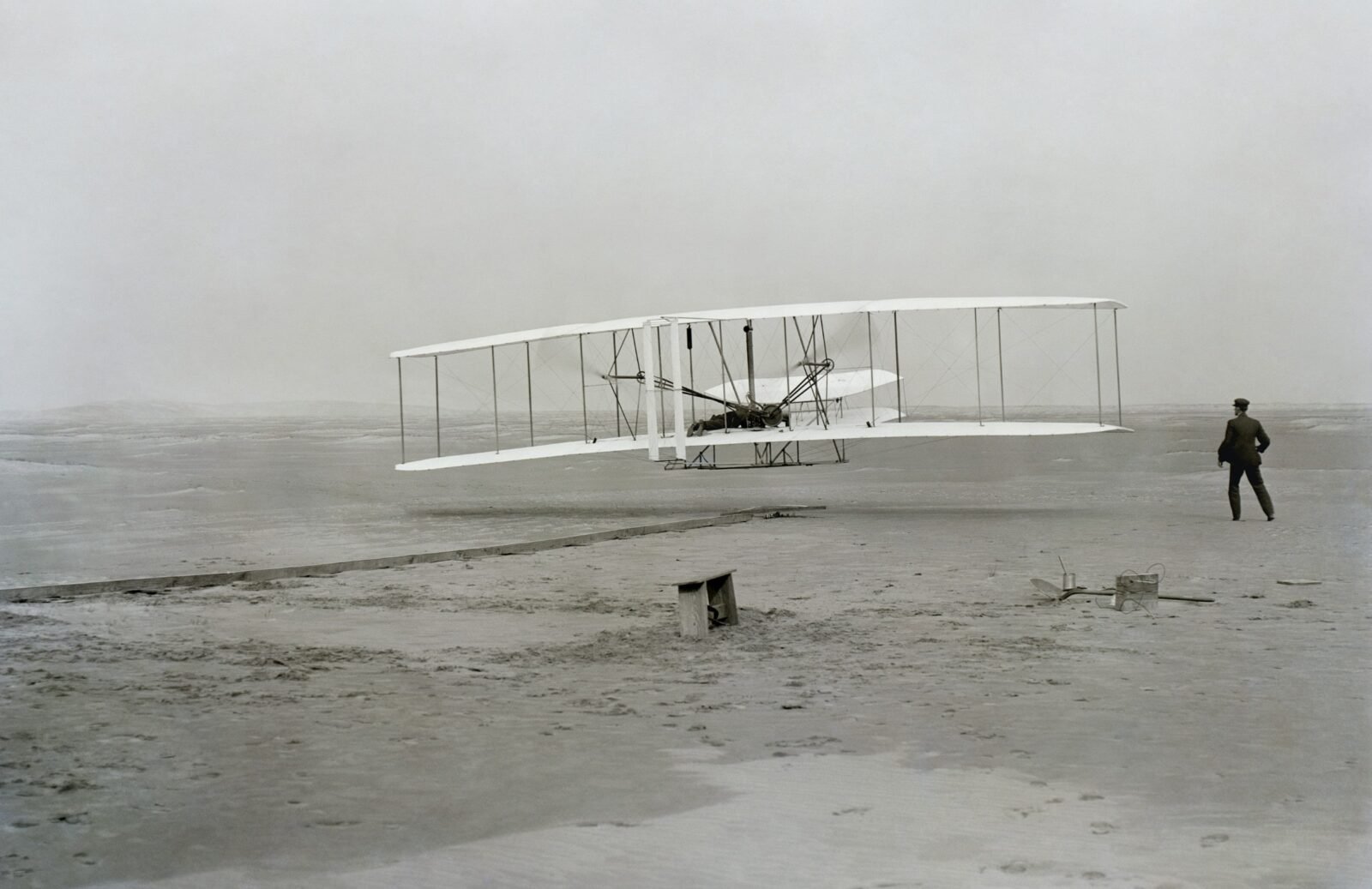
No-One’s Interested in Healthy Patients
With his company, Koornstra is constantly tinkering with the wonders of tomorrow – from energy-efficient lighting systems for glass and horticulture to charging solutions for electric cars. “I am originally an activist entrepreneur,” says Koornstra, “but in recent years I have been more of an entrepreneurial activist. I helped other companies, talked at Climate Tables, merged MVO Netherlands and De Groene Zaak. I got through the days. Yet I felt like rolling up my own sleeves again. I am currently involved in two start-ups: one in energy and one in healthcare. In my view, the energy, healthcare and food transitions are one and the same transition. They affect each other. The healthcare start-up I am involved in is working on a treatment method that can cure or dampen many autoimmune diseases. It is the prelude to preventive healthcare. Sounds good, but that’s precisely the problem. Because who is financially interested in healthy patients? Doctors not, hospitals not, drug companies not. I find that strange.”
He also runs into this frustration in his role as national coordinator of the 7th Sustainable Development Goal, clean and affordable energy for all by 2030. “The technology to make energy virtually free has been around for a long time, we can roll it out in no time. But the industry has no interest in change at all,” Koornstra argues. “I stood in front of a full hall in Nieuwegein during a climate conference with Ed Nijpels last year. I asked: ‘Who here is from the energy company?’ 15% of the audience stood up. Then I asked: ‘Which of you already has a business model for when we will have achieved the climate goals later?’ Everyone sat down again. Grid operators are now shouting that the electricity grid is overcrowded and that they can no longer cope with demand. During election time, they claimed over €100 billion for expansion. I know of a research report that says it should not necessarily be bigger, but smarter. That will cost €6 billion. Today, the grid is still centrally organised, with a few big power plants as a starting point. But consumers are increasingly generating their own energy. They are becoming producers. That means we need to be able to store energy decentrally at nodes when there is too much supply. But that also means grid operators and energy companies have to hand over power. They are no longer in charge. Even the government benefits from the old situation. If everyone generates their own energy, there can also be no more energy taxes. ‘We want to,’ I am often told, ‘but not just yet.’ As people, they agree with me, but as drivers, they have a different interest. I don’t understand that. I am no different as an entrepreneur than as a father, or as a friend.”
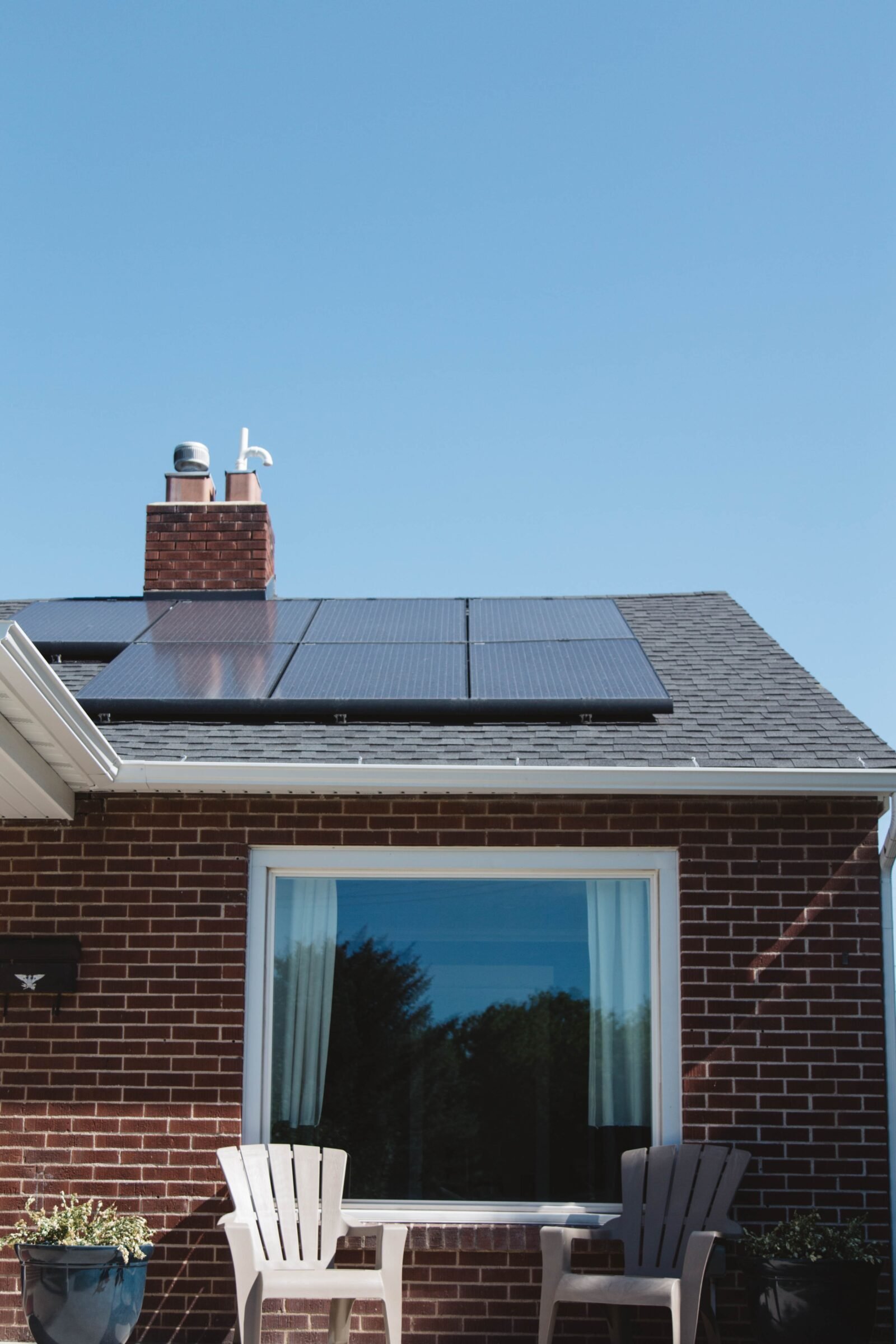
“Consumers are increasingly generating their own energy. They’re becoming producers. That means we need to be able to store energy decentrally”
Ruud Koornstra
We Need Data, Not Opinions
Koornstra takes his role as SDG7 coordinator very seriously. Clean and affordable energy for all by 2030: it’s quite an ambition. Koornstra himself recognises this. “We do talk about a UN mission here. When I was just in this position, I immediately started talking to some senior military officials, because they also do UN missions. I asked them: ‘What are the success factors for getting a mission through?’ Peter van Uhm, former commander of the armed forces, said: ‘The first thing you have to do is make the target the boss.’ That’s a very different mindset. The second thing you have to do is set up mission control, because intelligence is decisive. There you see the state of the country, all available scenarios and you have access to your special forces there,” says Koornstra. “The parliament and the coalition have hardly any idea what the energy transition is about. How much do we consume, who consumes it and where does it come from? Rutte shouted last year during the election campaign: ‘I have a solution, we’ll build a new nuclear power plant in Groningen.’ But if we want 100% nuclear power, we need 54 of them like the one in Borssele. And now there is already whining about one? I don’t want opinions, but data.”
All scenarios should be on the table in the energy transition. From the existing sector as well as from outside the sector, Koornstra argues. He refers to the failed flight of Apollo 13 in 1970. “An oxygen tank exploded and everything went wrong. Three crew members had to be rescued and failure was not an option. Then at NASA they put everything that could be found in the capsule on the table. Everyone was allowed to have their say on possible rescue scenarios. Suddenly, in the most high-tech environment of the time, one of them said: and duct tape? With that, they were eventually saved.” Koornstra sees parallels with the energy transition. “All the technology is already there, but you have to force change. For that, you need your special forces. The success factor with special forces is friendship, because without friendship there is no trust. Also, you have to be able to say anything to each other and you don’t have to agree with each other. That does not happen enough now. Moreover, you need people with guts who dare to deviate from the existing rules. Many laws and rules are nothing more than solidified interests. Most politicians are not concerned with solving problems, but with getting away with them. Their first priority is: staying put. If a military man’s first priority is to get more stripes, he is never going to get more stripes.”
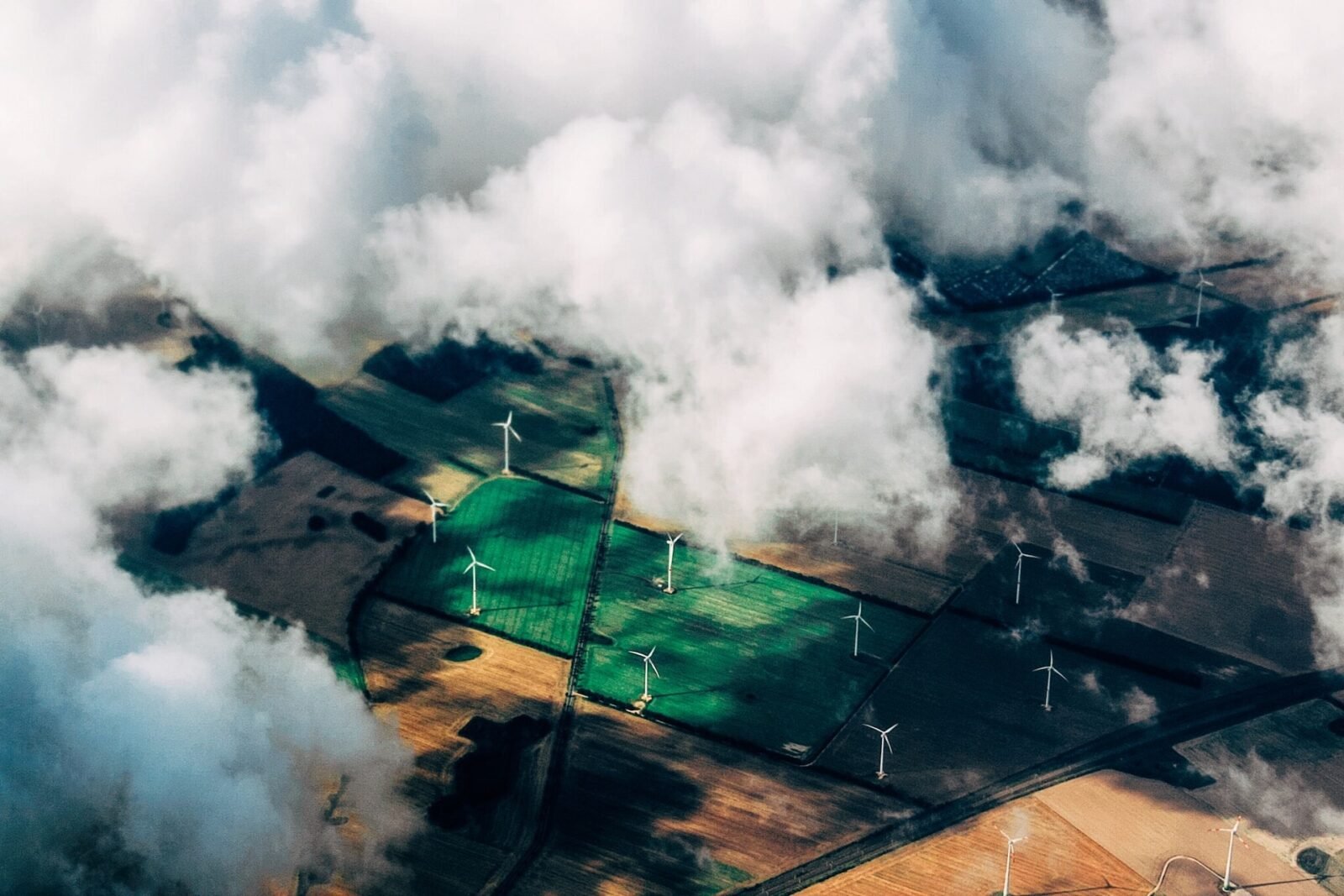
Less Tunnel Vision, More Customisation
The built environment currently accounts for about 40% of the Netherlands’ total energy consumption. We face a complex and extensive sustainability challenge. It is becoming increasingly urgent, because the cost of energy is rising sharply. Koornstra actually sees opportunities in the chaos. “People can say: ‘Ruud with his big mouth about the environment, I have nothing to eat’. But I keep saying it: energy is not expensive. Energy from offshore wind farms costs 4 cents per kilowatt-hour, from solar farms 2 cents per kWh. Before the energy crisis, you had a solar panel payback in 6 years, now in less than 3. You just need to find someone willing to advance it. For the past 5 years, I worked on a company that wanted to offer building finance to make it easier for households to make their homes more sustainable. After we applied for a tender in Amersfoort, the Netherlands Authority for the Financial Markets was on our doorstep: ‘This is an economic crime.’ I thought: where the hell is this coming from? Guess what: the energy companies. Banks don’t want it either, because we entered the domain of lending.”
From 2026, Dutch homeowners will be obliged to switch to a hybrid heat pump when replacing their central heating boiler. But Koornstra does not think that just anyone should get a heat pump. He advocates less tunnel vision and more customisation. “Until recently, an energy label only gave insight into interventions, such as a heat pump or double glazing, and not into energy performance. In addition, the CO2 emissions of sustainability interventions remained out of the picture. Imagine: you have a house with emissions of 100, but making it more sustainable emits 2,000 — then it is questionable whether you should do any interventions at all. So we should not go massively into heat pumps at all, and we should not insulate every house at all. Instead, we should take stock of what is best for each house.” Koornstra is involved in Woonconnect, a company that lets owners create an interactive 3D model of their house. The software provides accurate insight into the costs and benefits of sustainability measures for both planet and wallet. “By playing with all the different options, you can see whether or not it is smart to install a heat pump, insulating glass, or solar panels. Based on the best plan, you make a performance agreement with the company doing the installation. If you can guarantee energy savings, you can then easily get them financed as well.”
“We absolutely shouldn’t start insulating every house“
Ruud Koornstra
Building finance can play a major role in achieving the ultimate in sustainable living environments, Koornstra believes. By stretching depreciation periods, there is potential to build much more innovatively than is currently the case. “Imagine constructing buildings with all the available sustainability knowledge we currently have. For example, I know a researcher at TU Delft who has developed a concrete mixture that allows the material to repair itself. With that, concrete suddenly becomes a very sustainable product and a building can still be there in six hundred years’ time,” says Koornstra, who argues that here, too, the aim should be the boss. “What would we build if there were no building code? And if it no longer mattered what it cost? In my opinion, we should build those houses.”

New Miracles Are on the Way
Koornstra is hopeful for the future. He expects major sustainable innovations in the coming years, which could potentially accelerate the energy transition. “If the energy transition proves successful, everyone will want to join in. Everyone also understands that we cannot continue as before. I am not a communist, but we have gone overboard with market forces. Energy has to become a utility again. We don’t have to earn from it anymore, but fortunately we won’t have to earn that much in the future either,” says Koornstra. He is convinced that the Netherlands can become world champion of clean energy. We have the expertise and resources for it. “Everyone thinks we are going to solve our energy problem with wind turbines, which were invented 400 years ago, and with solar panels, a technology that is a hundred years old. ‘We still only know 5% about energy,’ Education Minister Robbert Dijkgraaf told me a few years ago. Somewhere in a shed in the Netherlands, people are working on fundamentally new technologies that give instant energy where we need it and require a fraction of resources. It is already working on a small scale, and implementing it will cost less than the transition from coal to natural gas in the early 1960s. I am convinced that new miracles are on the way.”

